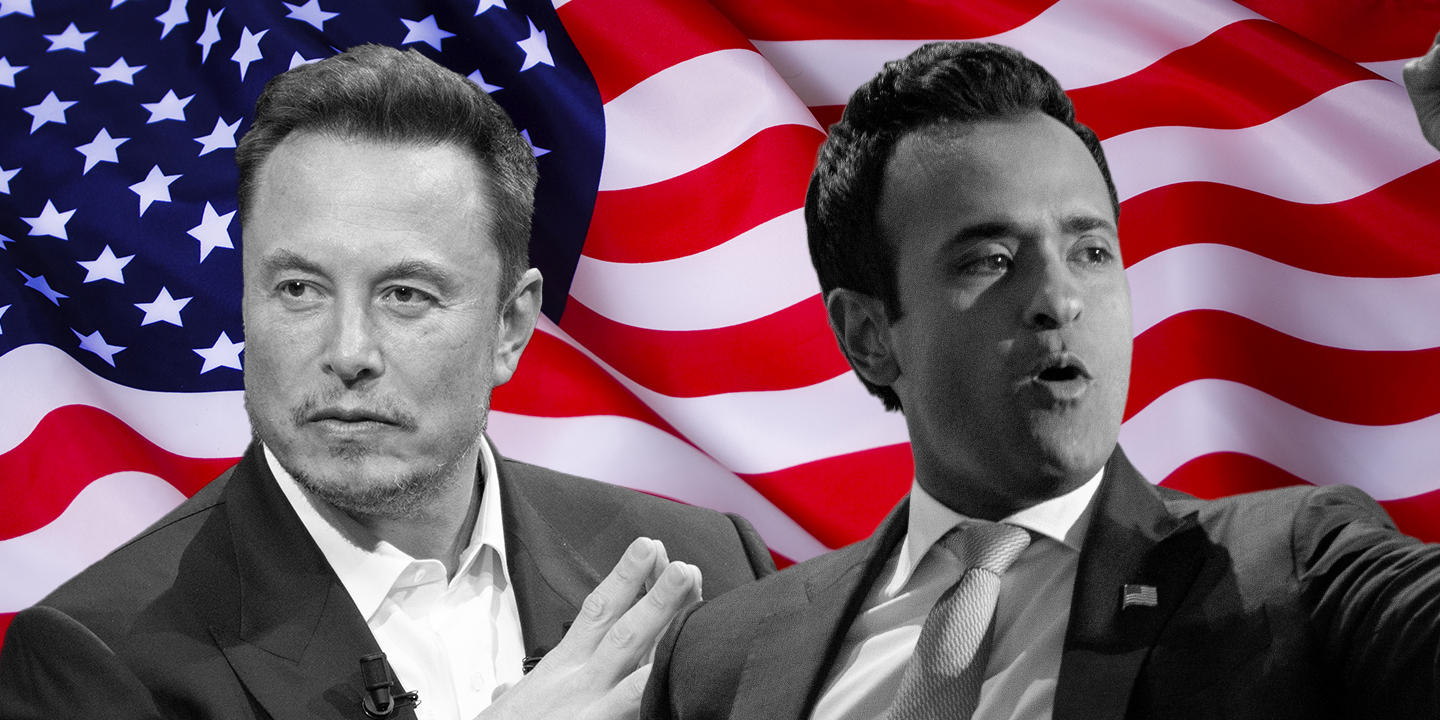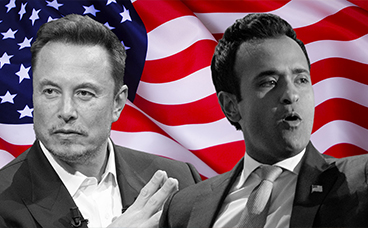We've previously spoken about the problem of the US budget deficit, and we've also discussed how the increasing size of the deficit is forcing up the level of debt year after year. Now, we're going to revisit this issue and then look into what Elon Musk and Vivek Ramaswamy are attempting to do about it through their Department of Government Efficiency, or DOGE.

Up until about 2019, things were fairly stable in terms of the US budget. However, at the beginning of the pandemic, the US budget deficit exploded from 5% of US GDP in 2019 to just under 14% of GDP in 2020. It peaked at 13.94% in that year. The level of debt in the US, which was around 80% of GDP, began to rise. By 2020, the deficit was 13.94% of GDP, and though it slowed a little in 2022 to just under 4% of GDP, it grew again to 7.1% of GDP in 2023, and is projected to be 7.6% of GDP in 2024.
The problem isn't just these current deficits; it's that there are continuing deficits built into the legislation. These deficits are expected to continue: 7.3% in 2025, 6.7% in 2026, 6.2% in 2027, 6.2% in 2028, and 6% in 2029.

Looking at the level of US debt, it was stable at around 80% of GDP from 2012 to 2018. However, the expansion of budget deficits caused the level of debt to GDP to rise. This rising level of debt to GDP was something that Jay Powell referred to at the last Federal Reserve meeting as unsustainable. The International Monetary Fund tell us that net debt to GDP in the US rose from 83% in 2019 to 97% in 2020, when the deficit hit 14% of GDP. It then stabilised at 97% of GDP, slightly declining to 93% in 2022.
However, with continuing forward deficits, US debt to GDP is projected to rise dramatically. By 2025, it is expected to hit 98% of GDP, 101.7% in 2026, 104% in 2027, 105.8% in 2028, and 109% by 2029. This steady rise in debt as a percentage of GDP is what makes the debt unsustainable.
In recent weeks, two individuals have come forward with an initiative to reduce the US budget deficit, as part of the Trump administration’s efforts. Elon Musk and Vivek Ramaswamy have released a full statement outlining their plans. Their goal is to generate reductions in the number of people working in the US government, thereby reducing the size of the deficit that finances these positions. As the deficit falls, they hope it will also stabilise the US economy.
Musk and Ramaswamy have made it clear that they will not be employed by the government and will work without pay. They state they will serve as outside volunteers, not federal officials or employees. Unlike typical government commissions or advisory committees, they won’t just write reports or cut ribbons; they intend to cut costs. They are assisting the Trump transition team in identifying and hiring a lean team of small-government advocates, including some of the sharpest technical and legal minds in America. This team will work closely with the White House Office of Management and Budget.
They say that they aim to advise the Department of Government Efficiency on three key types of reform: regulatory rescissions (reducing regulations), administrative reductions, and cost savings. By reducing regulations, they argue, the number of employees required to enforce them will also be reduced, which in turn will lower government spending and lower the budget deficit. As regulations are cut, fewer employees will be needed, and as those employees retire or leave, federal spending will decline, which should reduce the size of the budget deficit.
Musk and Ramaswamy’s plan also focuses on driving change through executive action, based on existing legislation, rather than through new laws. They propose presenting a list of regulations to President Trump for executive action, which would immediately pause the enforcement of these regulations and begin the process of reviewing and rescinding them. They believe that removing such regulations will liberate individuals and businesses from burdensome rules never passed by Congress. This will stimulate the economy.
They further argue that the reduction of federal regulations will logically lead to mass headcount reductions across the federal bureaucracy. The Department of Government Efficiency (DOGE) plans to work with appointed officials in various agencies to identify the minimum number of employees necessary for agencies to perform their constitutionally permissible and statutorily mandated functions. The number of federal employees to be cut will be proportional to the regulations nullified. Fewer employees will be needed to enforce fewer regulations, and once the scope of authority is properly limited, the agencies will produce fewer regulations. This will result in further reductions in both personnel and spending.
Additionally, the DOGE aims to reduce federal overspending by targeting the $535 billion in annual federal expenditures that are unauthorised by Congress. These are funds spent by the administrative state on items like public broadcasting, grants to international organisations, and progressive groups like Planned Parenthood. Removing such spending is seen as another way to curb the budget deficit.
Their plan will focus on eliminating unnecessary regulations and the employees who enforce them, ultimately aiming to reduce the size of the Federal Government and its budget deficit. Their report on these efforts is expected to be completed by 4 July 2026, the 250th anniversary of the Declaration of Independence, marking the start of a national celebration of that milestone.











